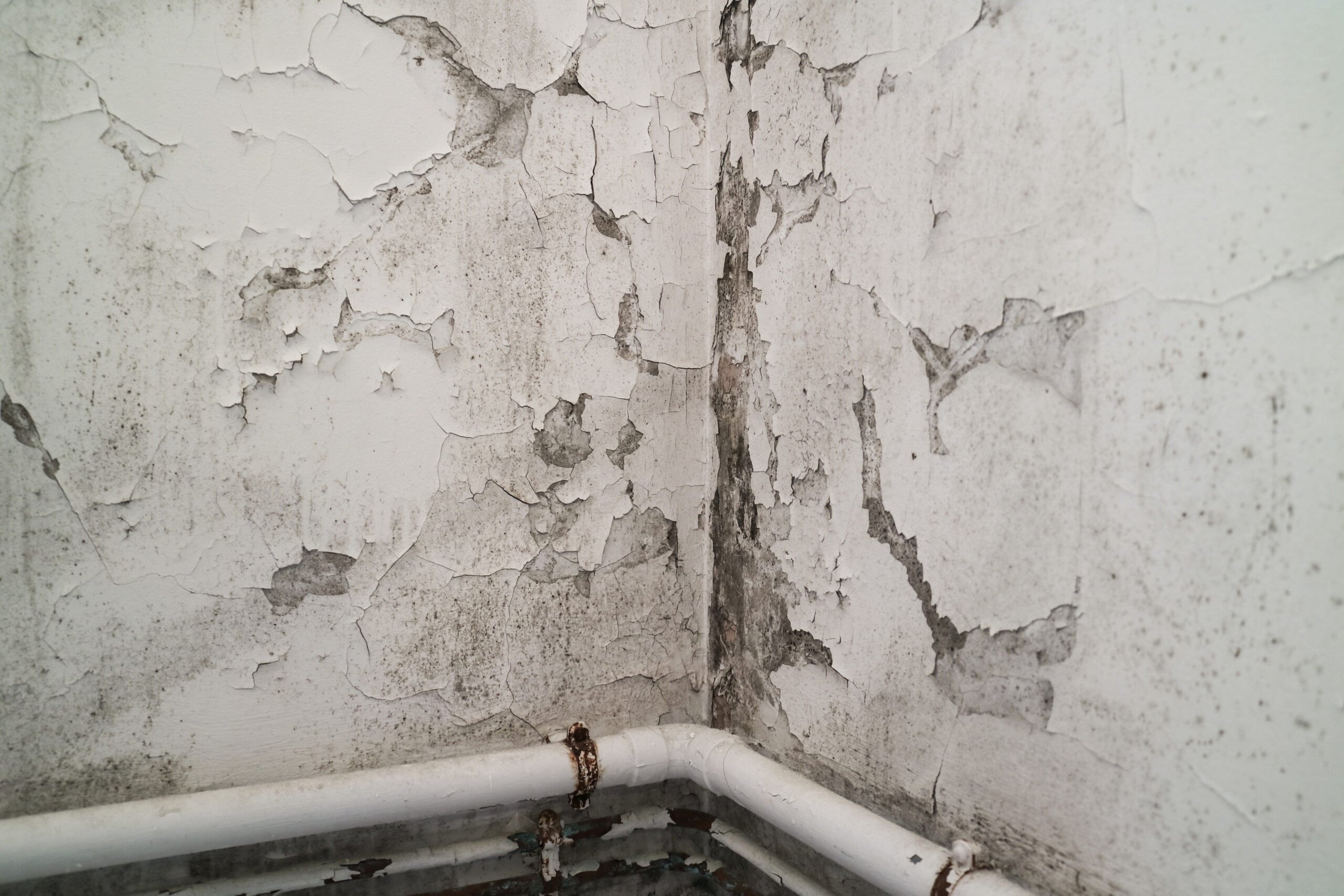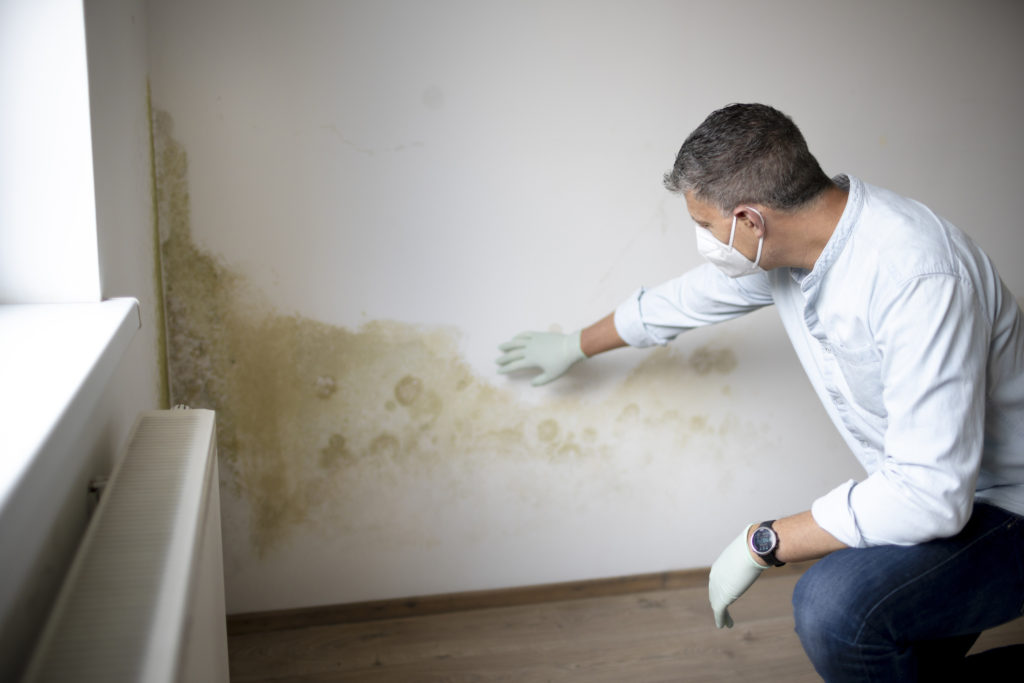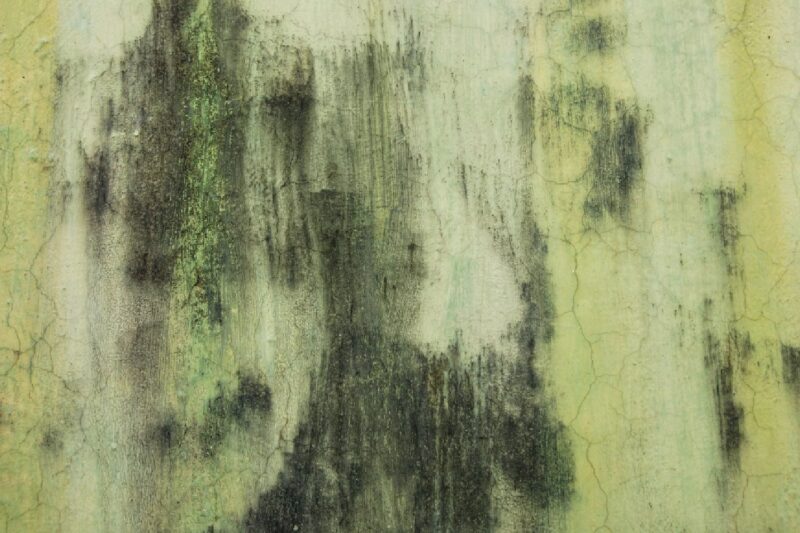When it comes to mold inspection, a labyrinth of myths and misunderstandings can leave homeowners feeling lost and overwhelmed. The average person grapples with a slew of alarming claims, from the idea that mold can be easily spotted with the naked eye to the belief that all mold types are harmful.
In reality, the truth is far more nuanced, sitting at the intersection of science, health, and home maintenance. This article aims to illuminate the shadowy corners of mold inspection, debunking prevalent misconceptions while providing essential insights to empower you on this often-confusing journey.
Join us as we navigate through the fog and uncover what you really need to know about mold in your home.
You Can Always See Mold

One common misconception about mold is that it is always visible. Many people assume that if they don’t see mold, they don’t have a problem.
However, mold can thrive in hidden places—behind walls, underneath flooring, or inside HVAC systems—where it remains unseen until significant damage has occurred. Even without visible signs, conditions such as excessive moisture, humidity, or water leaks can foster mold growth, lurking silently and creating health risks.
Furthermore, it often goes undetected until it manifests as a musty odor or contributes to structural issues, making it crucial to be proactive rather than reactive. Regular inspections can uncover hidden mold and help maintain a healthy living environment, reminding us that what we can’t see can indeed be just as dangerous as what we can.
Mold is Not a Problem in Dry Climates

One common misconception is that mold can’t thrive in dry climates, but this notion is misleading. While it’s true that mold spores prefer humidity, they can still find pockets of moisture in even the aridest environments—think a leaky pipe, a damp basement, or condensation on air conditioning units.
The reality is that mold is a resilient organism that doesn’t need a rainforest to flourish; a little dampness in an otherwise dry space can become a veritable breeding ground. Furthermore, factors such as poor ventilation and building materials can create the perfect storm for mold growth, regardless of the overall climate.
Therefore, even in regions characterized by low humidity, vigilant mold inspections remain essential for maintaining a healthy living environment.
Homeowners Can Easily Identify Mold Types

Homeowners can easily identify mold types by observing key characteristics that distinguish one from another. For instance, black mold often appears as a dark patch with a shiny texture, while green mold might be seen as fuzzy colonies that spread like ink blots.
Notably, some molds release a musty odor that can be a telltale sign of their presence, serving as an invisible alarm for homeowners. However, the wide spectrum of mold colors—ranging from white and yellow to orange and even purple—can leave many feeling perplexed.
Armed with basic knowledge and a keen eye, homeowners can make educated guesses about the mold lurking in their spaces, but caution is warranted. When in doubt, it’s always best to consult with professionals who can navigate the complexities of mold identification and testing more accurately.
After all, understanding the types of mold is the first step towards effective remediation.
Conclusion
In conclusion, understanding the realities of mold inspection is essential for maintaining a healthy living environment. Dispelling common myths surrounding mold can empower homeowners to make informed decisions and effectively address any mold-related concerns.
It’s vital to recognize that not all molds are hazardous, and professional inspections can provide clarity and peace of mind. By partnering with a reputable Mold Inspection Company, you ensure that your property is assessed accurately, allowing for appropriate remediation measures when necessary. Equip yourself with the right knowledge and resources to tackle mold issues head-on, safeguarding your home and well-being.


